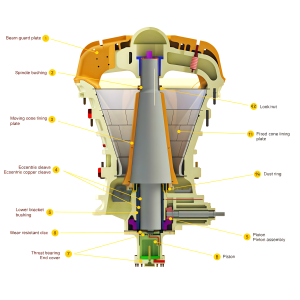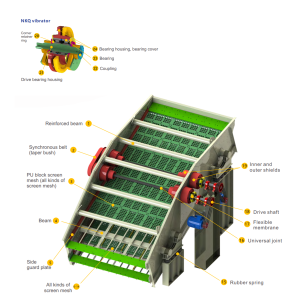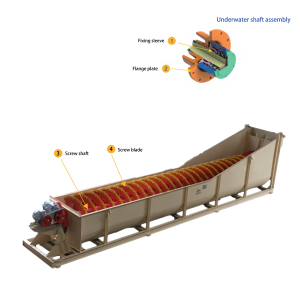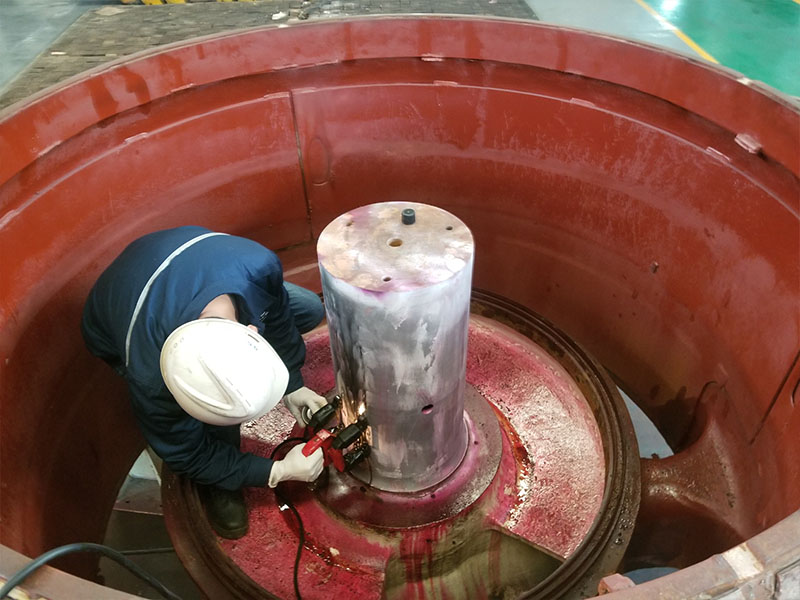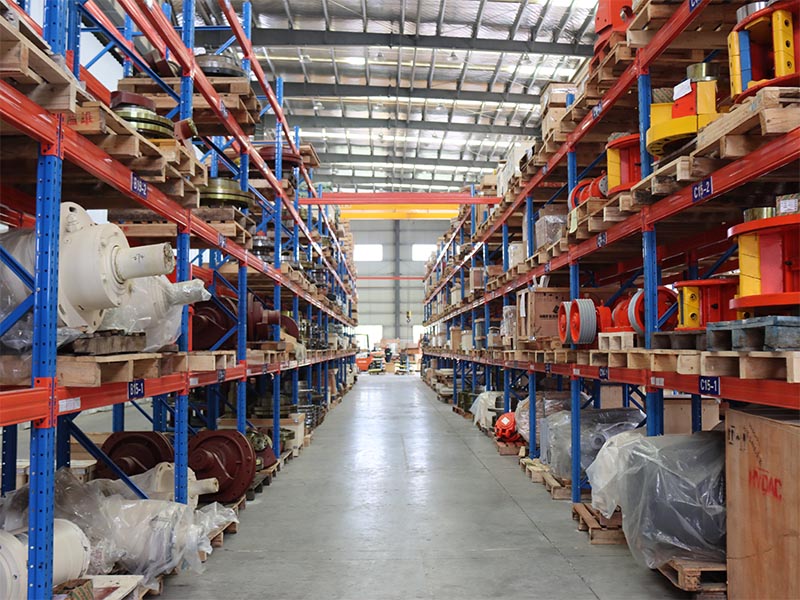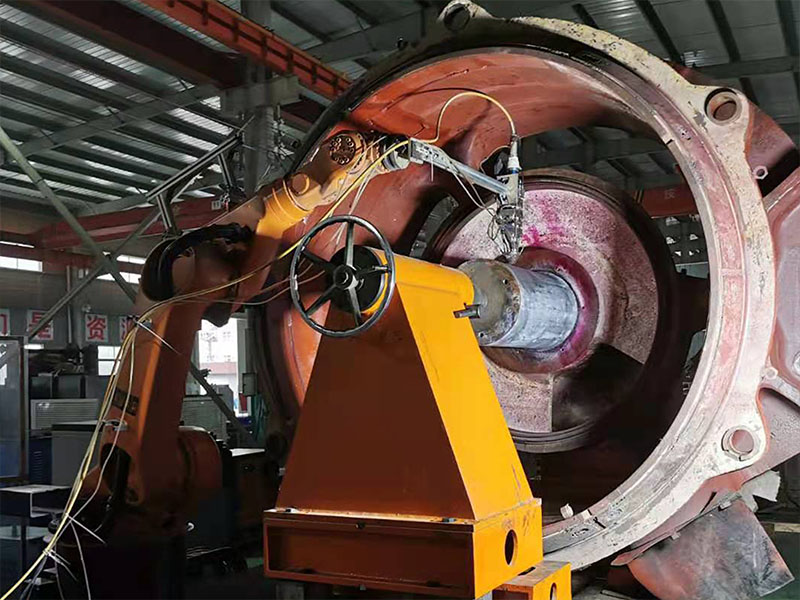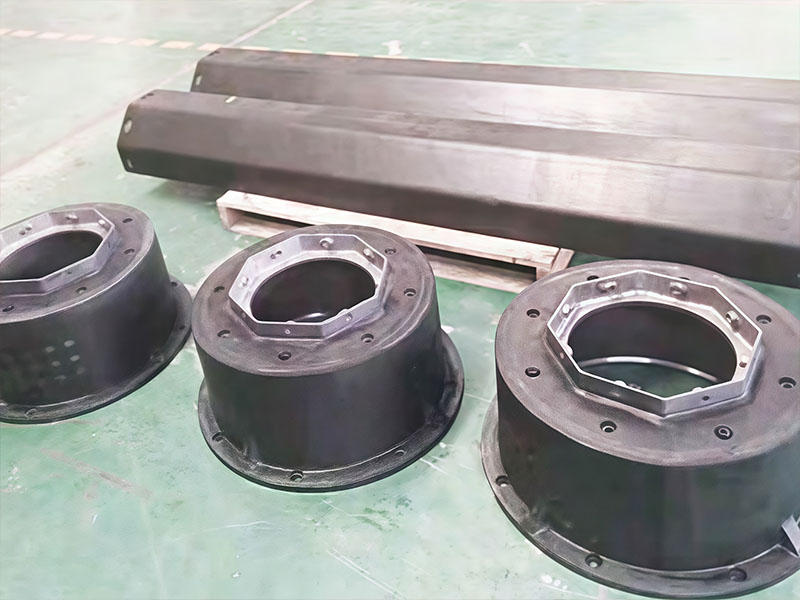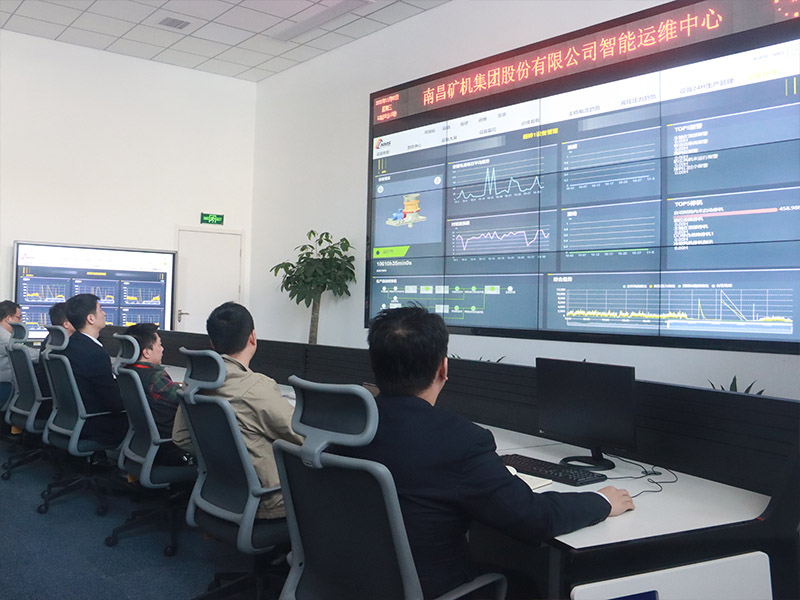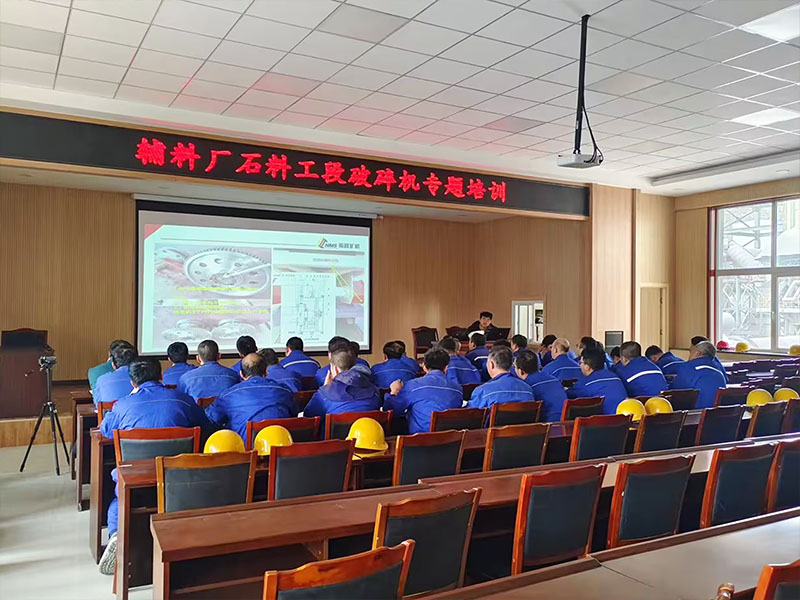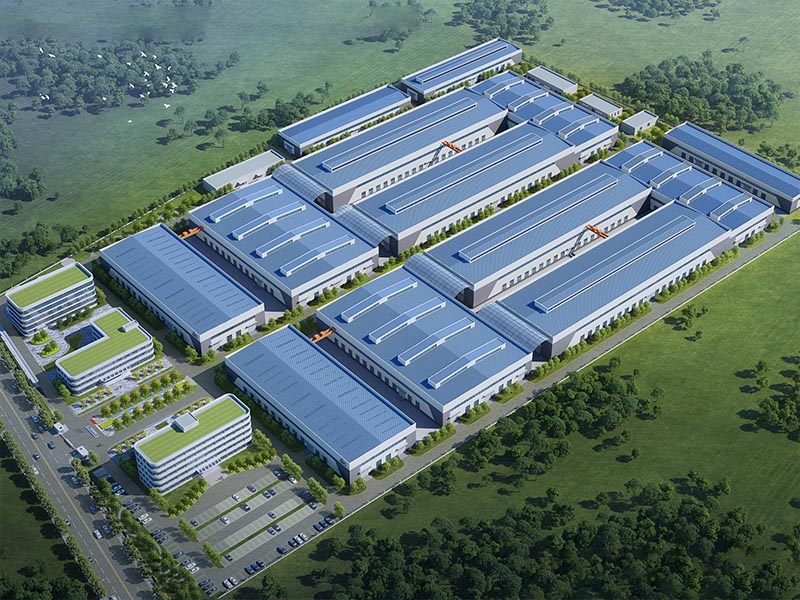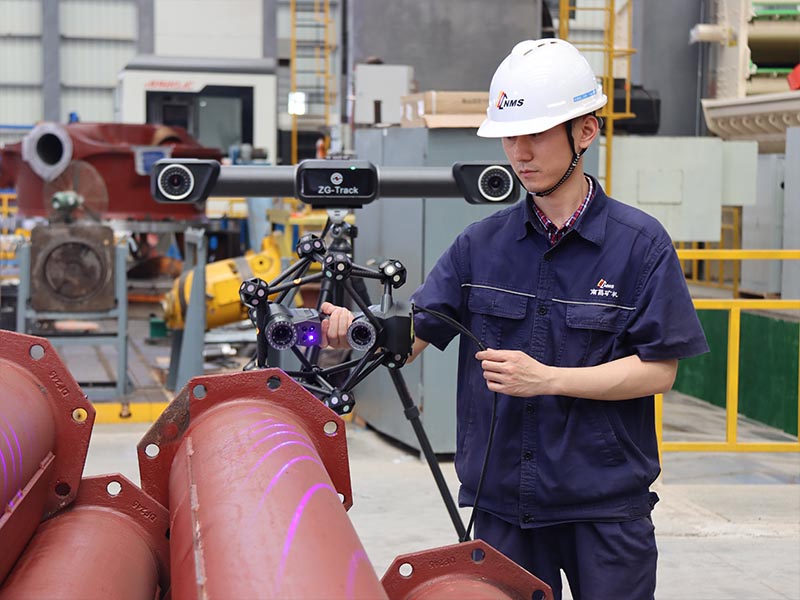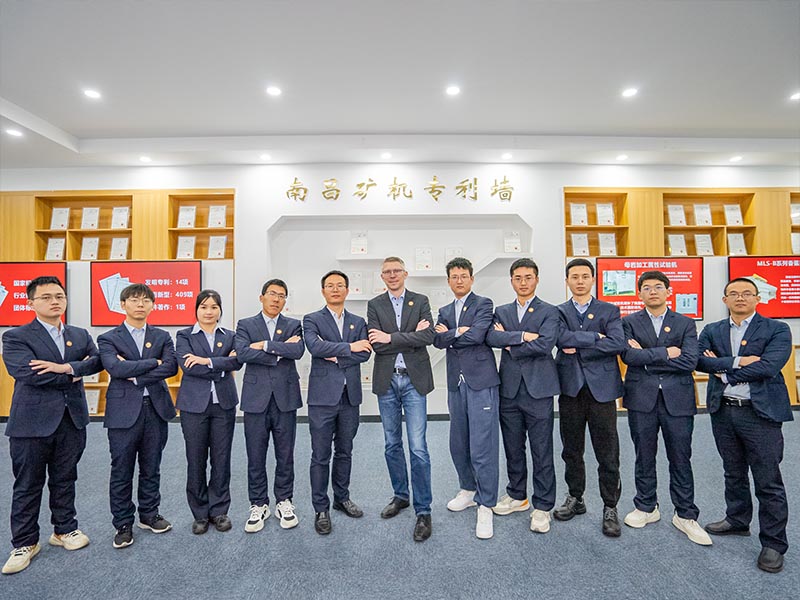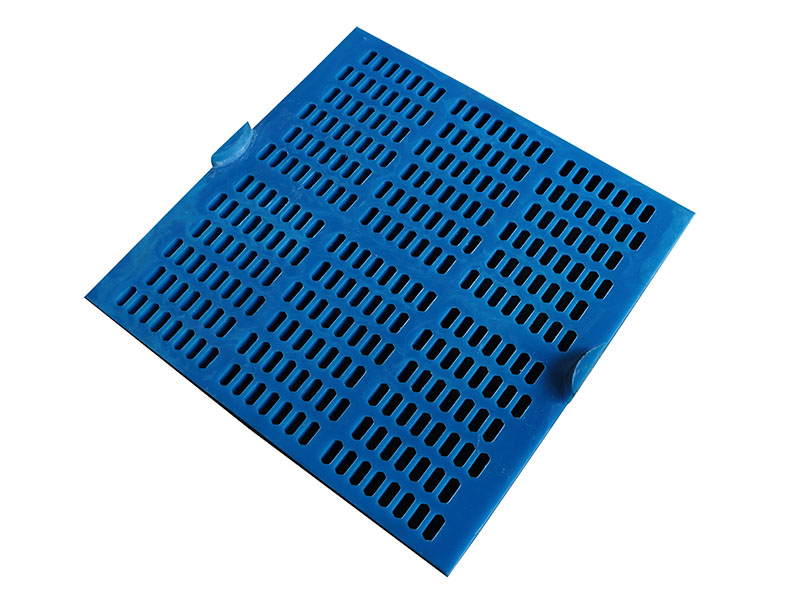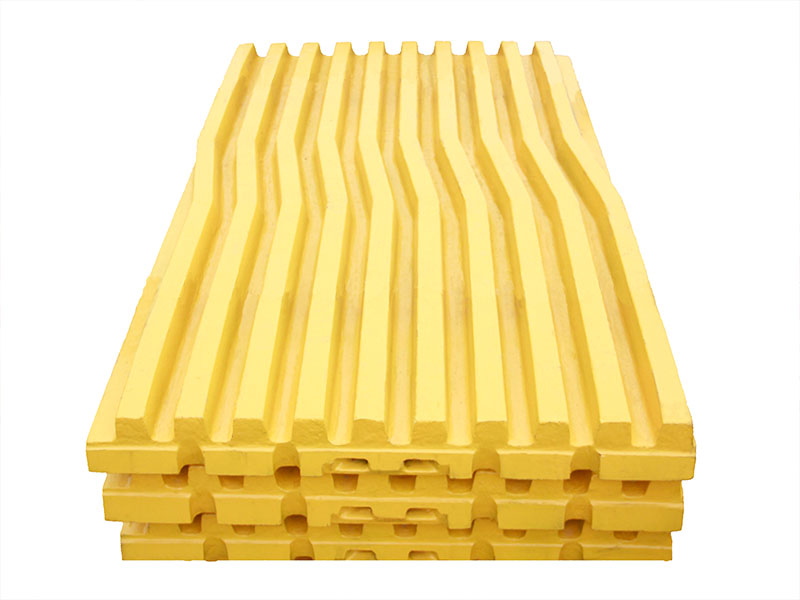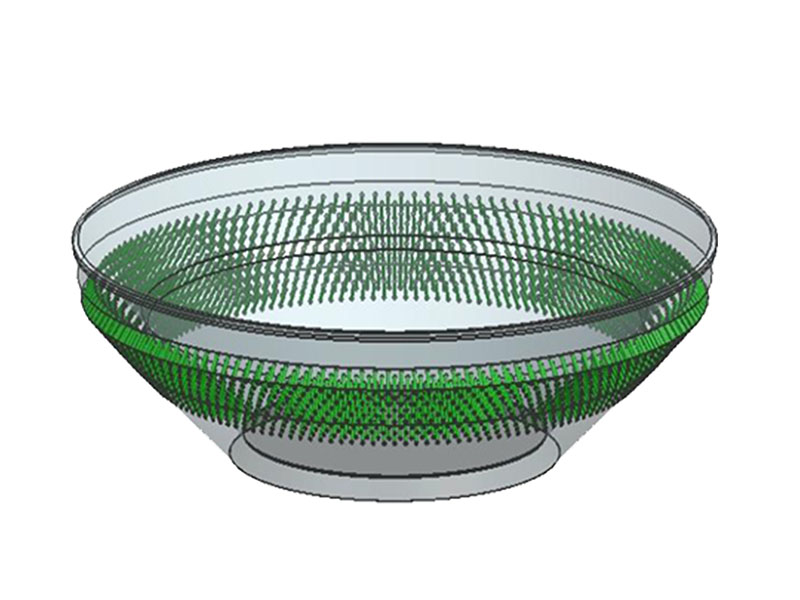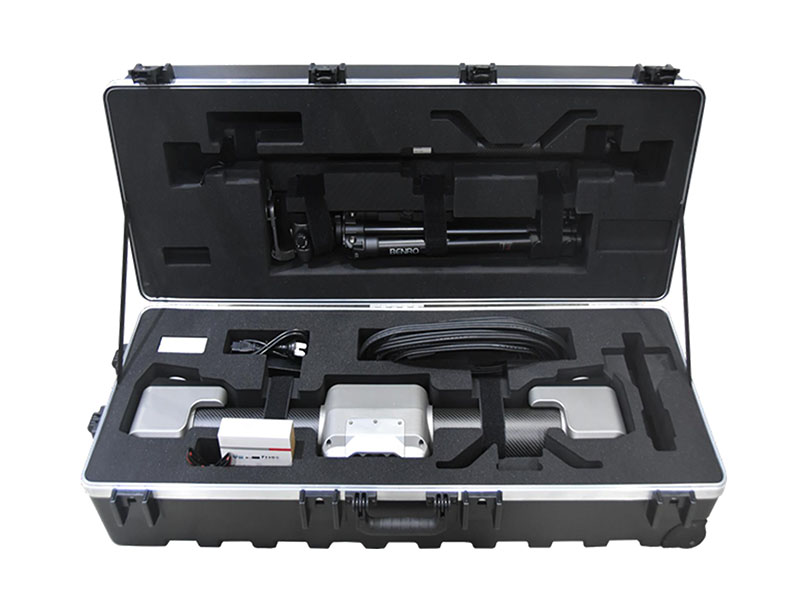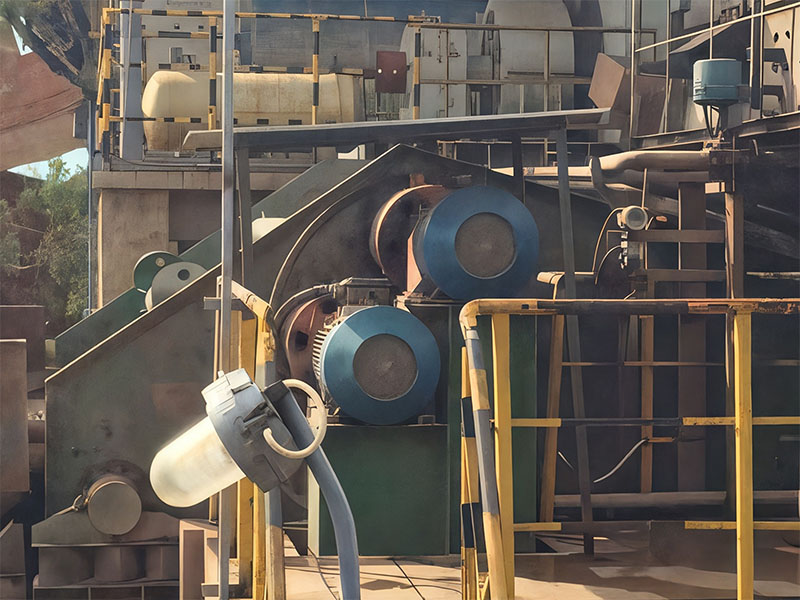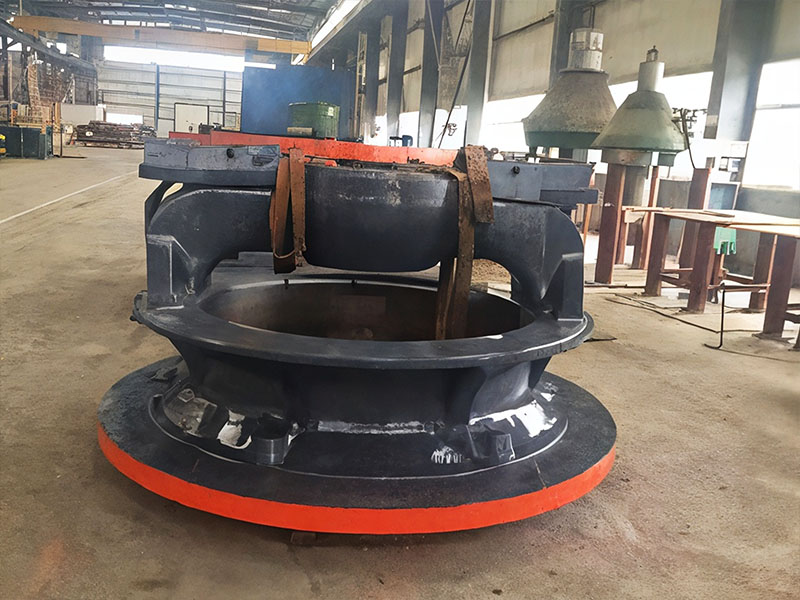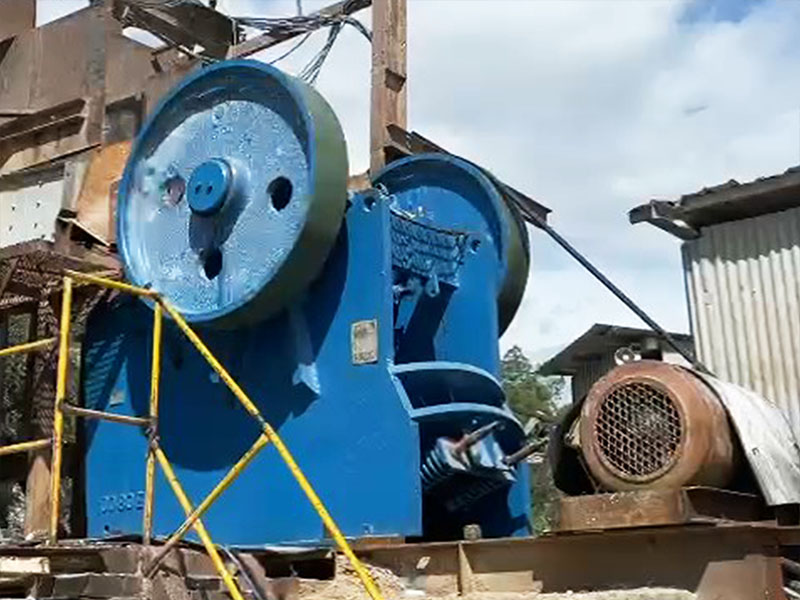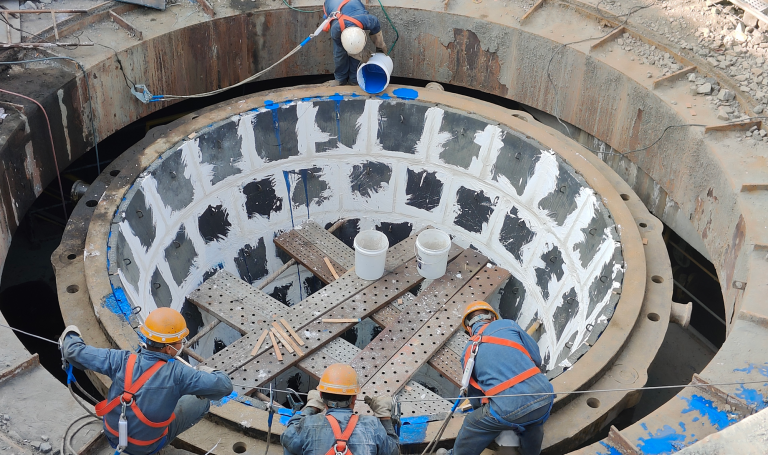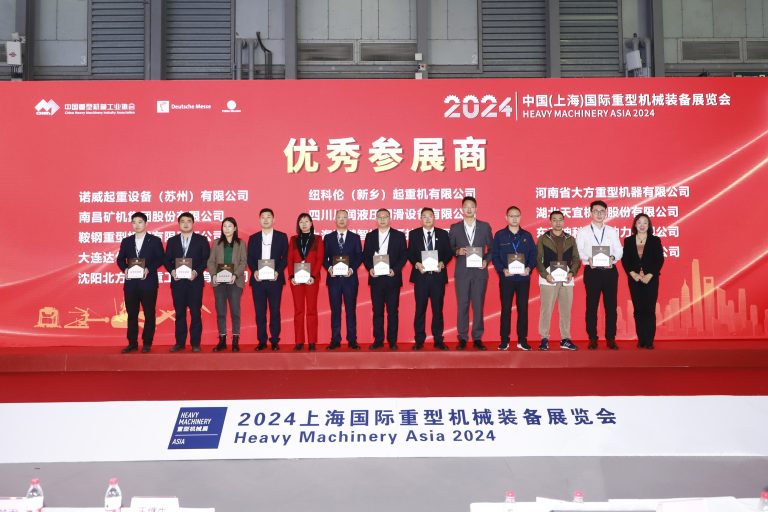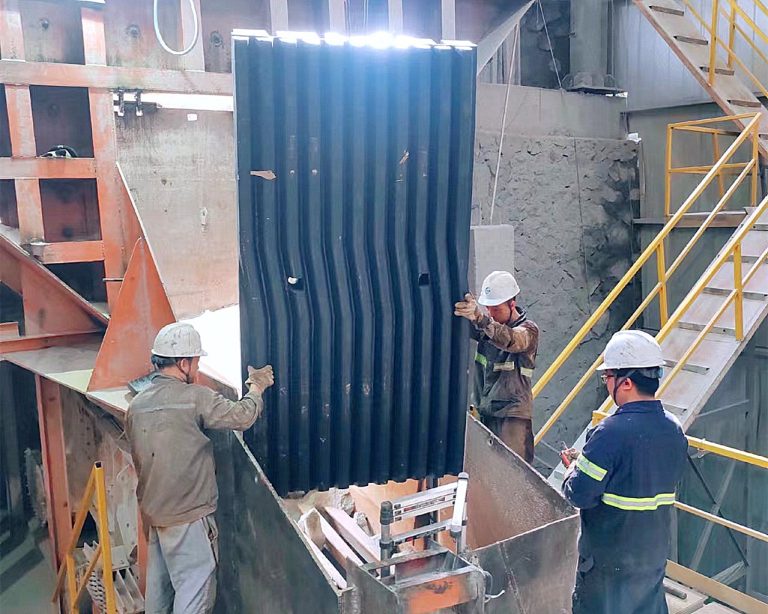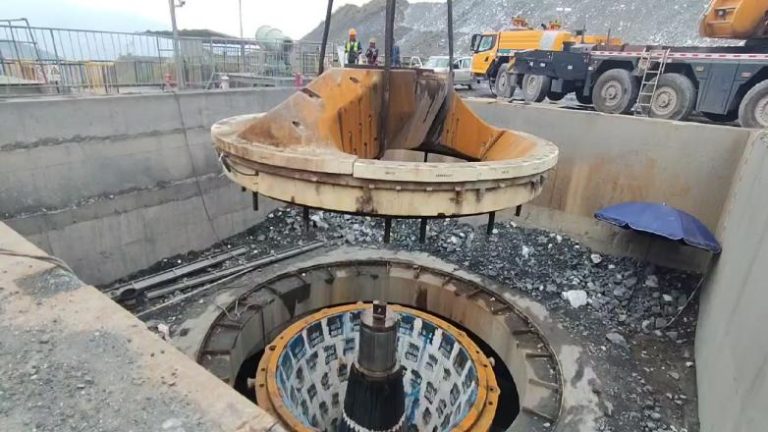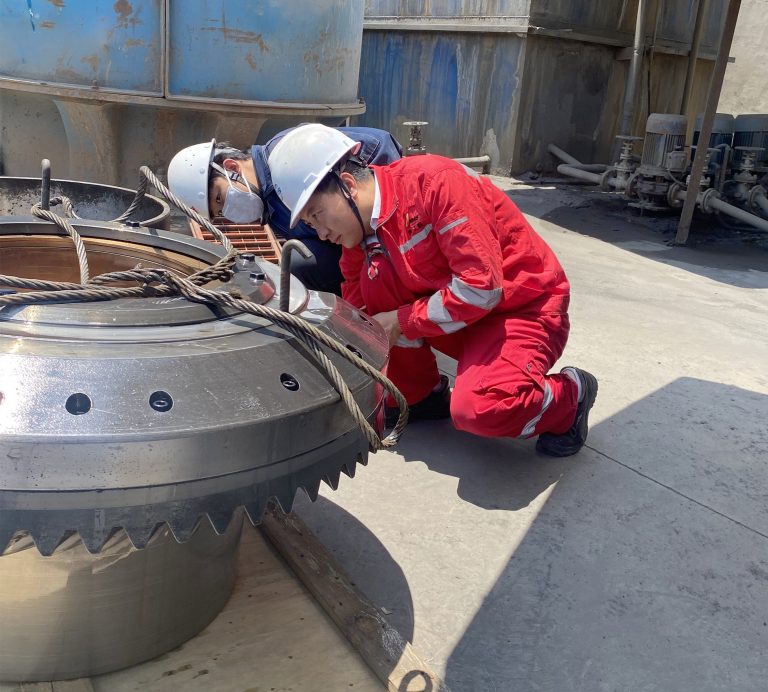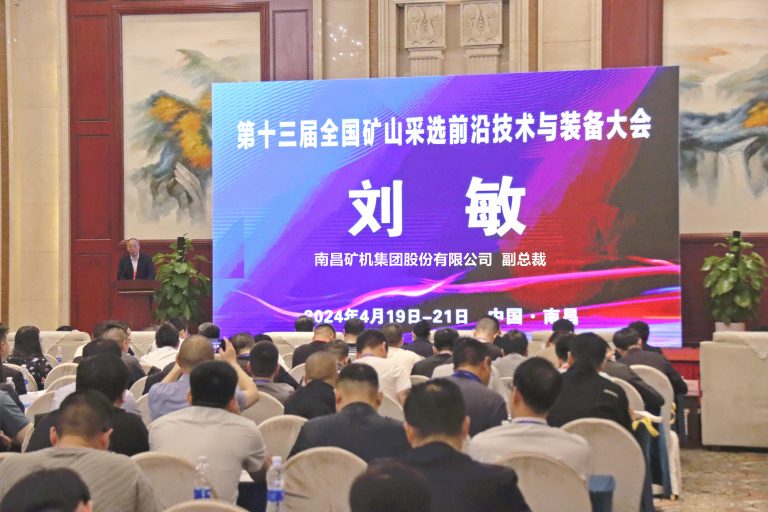“Remanufacturing is the process of batch production for specialized repair of damaged or obsolete auto parts and engineering machinery. A remanufactured product can have the same performance and quality as the original new one. It is measured by relevant research institutions that it can reduce production cost by 50%, energy by 60%, material by 70%, and emission by 80% and has greater economic and resource & environmental benefit compared with a newly manufactured product. Remanufacturing was deemed as a complement of and the development of advanced manufacturing technologies and as a high-potential new industry in the new era.”
China is a major country manufacturing, consuming and importing mining machinery. Mining machinery features large equipment size, expensive prices and high maintenance workload and cost so that not only the production schedule is affected but also huge economic loss is directly caused once equipment shutdown occurs due to damage or abrasion. Based on these special properties, it is wise to remanufacture old mining equipment for equipment life prolonging, cost control, energy conservation and environment protection.
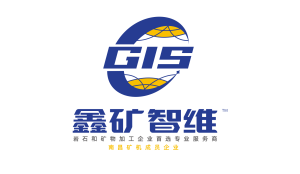
As one of leading domestic crushing & screening solution providers, Jiangxi Gold Intelligent Service Engineering Co., Ltd. (hereinafter referred as to GIS) owned by NMS engages in many fields such as equipment maintenance, intelligent operation & maintenance and process optimization, especially unique in the mining machinery remanufacturing field by virtue of deep industrial experience and technical innovation strength. In order to provide comprehensive remanufacturing services, GIS is based on the established nationwide after-sales service network and accumulates various professional technicians from internationally renowned enterprises and practical talents working on crushing & screening phases in domestic large mining companies to ensure professional and efficient service experiences enjoyed by every client and to help clients solve actual questions.
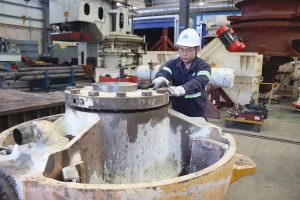
During the remanufacturing process, GIS follows scientific precise operation norms, including product testing, cleaning, disassembly, classification, inspection, scheme design (technology selection), reprocessing and final testing. “Faulty equipment requires intelligent testing (NDT) to select cores in accordance with remanufacturing conditions for parts disassembly, parts cleaning and parts surface finishing. Based on these results and evaluation, we design remanufacturing schemes to select appropriate forming and processing technologies such as plasma cutting, laser cladding and heat treatment for realizing repair of mining machinery and parts and finally conduct performance testing on them to ensure that the repaired product can have the same performance as or exceed the new one for realizing renewal of the old product.”, a technician from GIS introduced.
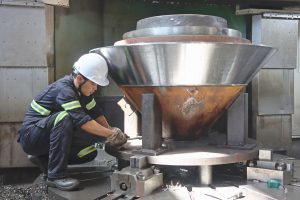
So far, GIS has succeeded in completion of many imported equipment remanufacturing projects and has won user’s high compliments and wide market recognition due to prominent effect. These successful cases not only prove GIS’ strong strength in the remanufacturing field but also set an example in promoting mining machinery circular economy, resource pressure relief and ecological environment protection.
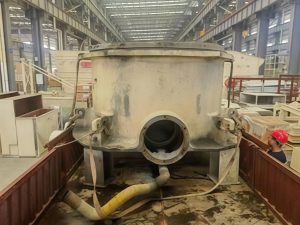
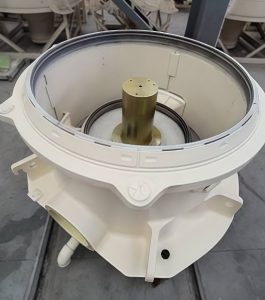
Before & after repair images of frame for HP500 in a Anhui project
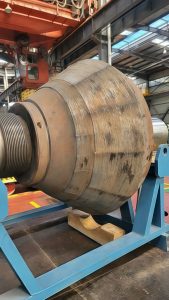
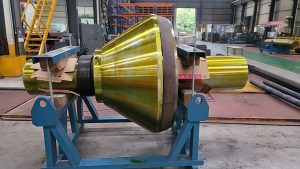
Before & after repair images of main shaft for CH870/870i in an Inner Mongolia project
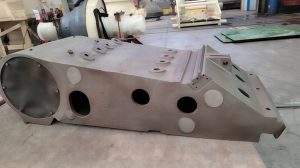

Before & after repair images of moving jaw for C110 in a Guangxi project

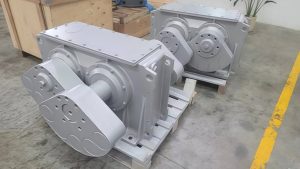
Before & after repair images of SE6V box vibrator in a Jilin project
Simultaneously, GIS successfully has production technologies of complete sets of parts for imported cone crushers such as ST, MZ, HP and MP series and has realized import substitution of key parts based on NMS’ strong R&D and design capabilities and GIS’ advantages in casting, heat treatment, machining and product testing. At the same time, GIS has invested in construction of wear parts foundry and R & D center and has developed a series of high performance long-life wear parts for mainstream crushing equipment in the market to meet various market demands. GZ-Mn series high manganese steel developed by GIS has good abrasion and working condition adaptability, is widely applied as various wear parts for jaw crushers, hydraulic cone crushers, impact crushers and screening equipment, and receives favorable reviews from clients.
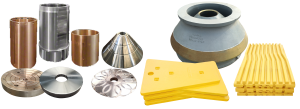
Furthermore, NMS New Technology Material Co., Ltd, a subsidiary of NMS,manufactures various polyurethane screen panels and metal screen panels. And it can meet different requirements from mineral industry, stone industry and chemical industry, etc. Currently screen panels manufactured by it have been sold at home and abroad. Its loyal users include Fujian Makeng Mining Co., Ltd, YTC, Zijin Mining, CNGC, Wuyang Mining, Masteel Group and Jiangxi Tungsten Holding Group Co., Ltd. Its screen panels have widely won favorable reviews from clients for high abrasion resistance and anti-blocking performance and screening efficiency.
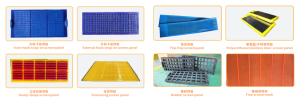
In the future, China’s mining machinery remanufacturing industry will usher in more space for development with continuous support of national policies and continuous advances in remanufacturing technologies. GIS will promptly seize historic opportunities, continuously upholds green development concept, steps up efforts in technical innovation and talent cultivation, and continuously improves service quality and the level of remanufacturing technology for contribution to promoting sustained and healthy growth of China’s mining machinery remanufacturing industry. (Liu Xiaohan)
More Remanufacturing Project Cases↓↓↓
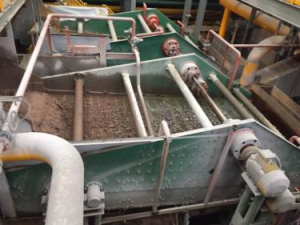
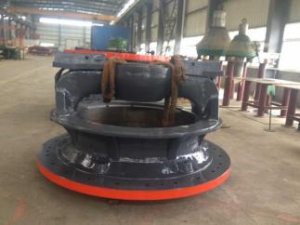
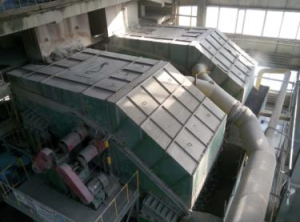
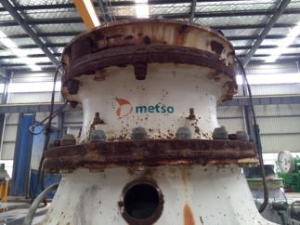
Before & after remanufacturing images of a Fujian’s mining group’s CH and HP series equipment
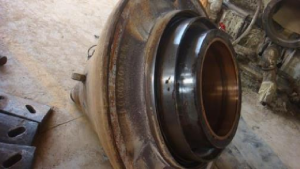

Before & after remanufacturing images of a Jilin’s mining group’s upper frame and lower frame for H6800 and moving cone for HP500
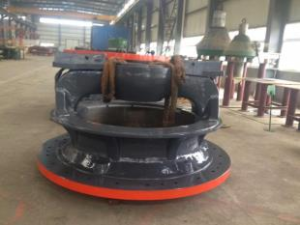
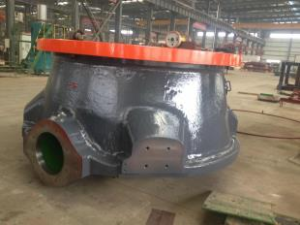
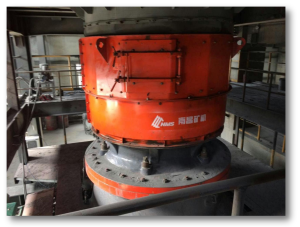
After remanufacturing images of a Liaoning’s mining group’s upper frame and lower frame for CH870F
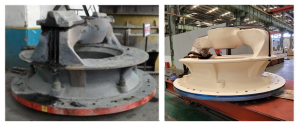 Before & after remanufacturing images of a Shanxi’s nonferrous metals group’s upper frame for CH870
Before & after remanufacturing images of a Shanxi’s nonferrous metals group’s upper frame for CH870
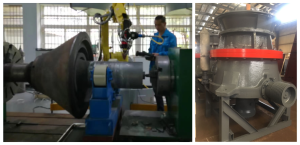 Before & after remanufacturing images of a large hydropower group’s CH440 complete machine
Before & after remanufacturing images of a large hydropower group’s CH440 complete machine
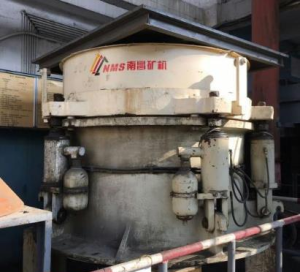 After remanufacturing images of a Yunnan copper group’s adjusting ring assembly for HP500
After remanufacturing images of a Yunnan copper group’s adjusting ring assembly for HP500
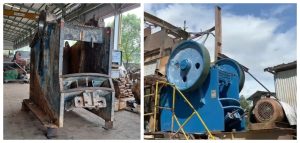 Before & after remanufacturing images of JM1108 complete machine in a Malaysian project
Before & after remanufacturing images of JM1108 complete machine in a Malaysian project
Relevant Knowledge on Remanufacturing
What are technologies involved in remanufacturing?
- Non-destructive Testing: As the first step in the remanufacturing process, it is applied to comprehensive inspection on old equipment and parts for ascertaining whether they are suitable for remanufacturing and the extent to which they need repairing. Commonly used NDTs include ultrasonic testing, radiographic testing, magnetic particle testing and penetrant testing.
- Precision Measurement Technology: Parts require precision measurement on sizes, shapes and positional accuracy in the remanufacturing process for ensuring that remanufactured parts can meet design requirements of the original equipment.
- Surface Engineering Technology: It is of significance in remanufacturing because mining machinery often appears severe abrasion or corrosion in use. Such technologies as thermal spraying, electroplating, chemical plating, laser cladding and plasma surfacing are applied to restoring and improving surface performance of parts.
- Precision Machining Technology: It is essential for parts needing replacement and repair. It may include machining technologies such as CNC turning, milling, grinding and drilling and special machining technologies such as electrical discharge machining and laser cutting.
- Welding and Joining Technology: Parts often need welding and joining in the remanufacturing process. Welding and joining technologies include conventional welding technologies such as arc welding and gas-shielded welding and advanced welding technologies such as laser welding and electron beam welding.
- Heat Treatment: Heat treatment of parts is required for improvements in mechanical properties of remanufactured parts. Heat treatment includes annealing, normalizing, quenching, tempering and surface hardening such as carburizing and nitriding.
- System Integration and Commissioning Technology: Remanufacturing is not only parts repair and replacement but also reassembly and commissioning of the whole system, which requires that remanufacturing enterprises have system integration technologies and capacities to ensure normal operation of remanufactured equipment.
- Information Management Technology: Modern remanufacturing process increasingly depends on information technology, including PLM, CAD, CAM and ERP, for improving remanufacturing efficiency and quality.
- Environmental Protection and Clean Technology: Generated wastewater, waste gas and waste residue in the remanufacturing process require effective handling for meeting environmental protection demand. Therefore, Environmental protection technology and cleaner production technology are essential for remanufacturing.
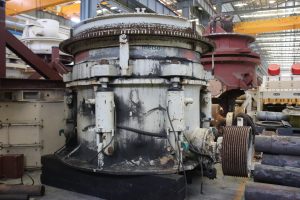
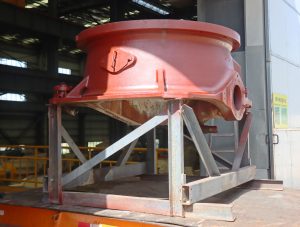
What are key steps in the remanufacturing process?
During the remanufacturing process, a string of strict quality management and control measures are required for ensuring that product quality and performance reach standards of the original factory. Key steps are as follows:
- Quality Planning: devising detailed quality plans and ascertaining product quality objectives, standards and testing methods before remanufacturing
- Warehouse-in Inspection: comprehensive non-destructive testing on recycled old equipment and parts for remanufacturability evaluation and selection of parts suitable for remanufacturing.
- Complete Washing: completely washing parts to remove contamination, including oil and rust, and to prepare for the following processing and testing.
- Precision Measurement and Analysis: applying precision measurement tools and technologies to perform a detailed analysis on part size, part shape and material properties of parts for devising an appropriate repair plan.
- Repair Technology Selection: selecting appropriate repair technologies based on specific damages of parts such as surface engineering technologies, precision machining technologies, welding and joining technologies to ensure that remanufactured parts are in accordance with standards of the original factory.
- Quality Control: performing strict quality control in every stage of remanufacturing, including raw material testing, process testing and finished product testing to ensure that each step is all in accordance with established quality standards and operation rules.
- Standard Operating Procedure: establishing standardized operating procedures and compiling operation manuals to ensure that every operator can perform tasks with unified standards for reducing personal equation.
- Advanced Testing Equipment: using advanced testing equipment and technologies which include coordinate measuring machines, spectrum analyzers and fatigue testing machines to conduct comprehensive performance testing on remanufactured products and ensure that remanufactured products can reach standards of the original factory.
- Continuous Quality Improvement: collecting and analyzing data from the remanufacturing process, identifying potential questions and aspects needing improvement, and continuously optimizing technological processes and quality control measures.
- Certification and Standard following: following relevant national and international standards such as ISO 9001 quality management system standard and acquiring necessary certifications for proving that the quality of remanufactured products and their performance are in accordance with industrial standards.
- Professional Technical Team: having a professional technical team whose members have abundant experience and professional knowledge and capacity to cope with various complex challenges in repair and ensure product quality.
With comprehensive application of the above measures, remanufacturing enterprises can effectively ensure that product quality and performance can reach standards of the original factory and thereby win customer trust and market recognition.

